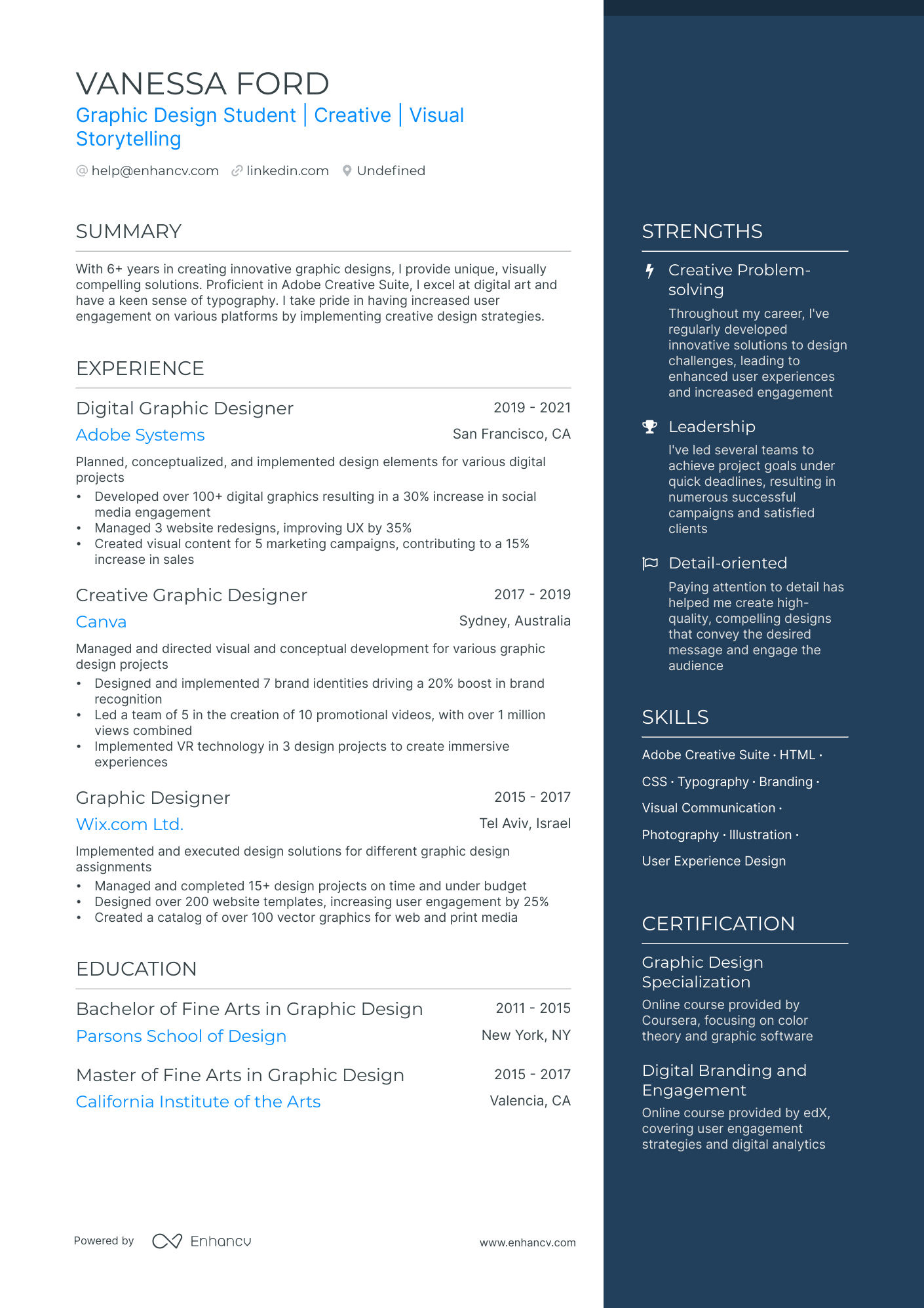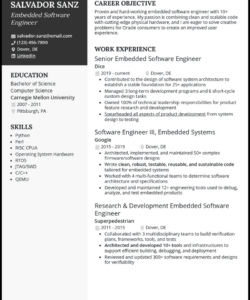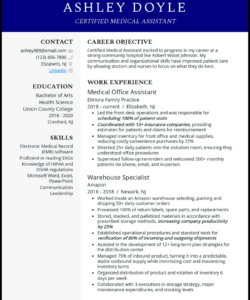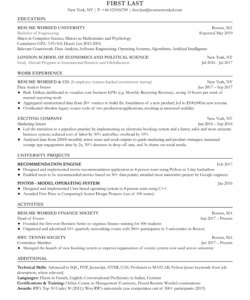Navigating the job market as a graphic design student can feel like a daunting creative challenge itself, especially when it comes to presenting your skills and passion on paper. While your portfolio undeniably takes center stage, your resume is the critical supporting act, often being the very first piece of your work a potential employer sees. It is not just about listing qualifications; for a designer, it is an opportunity to showcase your understanding of layout, typography, and visual communication right from the start.
This is where a well-crafted graphic design student resume template becomes incredibly valuable, providing a strong foundation to build upon. It offers a structured approach to highlight your emerging talents, academic achievements, and early project experiences, ensuring that your application is professional, aesthetically pleasing, and effective. Think of it not just as a document, but as your very first design project for a potential employer, demonstrating your attention to detail and creative flair before they even click on your portfolio link.
Crafting Your Visual Story: Essential Sections for Your Resume
When you are creating a resume as a graphic design student, you are not just filling out a form; you are designing a document that reflects your burgeoning professional identity. Every element, from the font choices to the amount of white space, speaks volumes about your understanding of design principles. Your resume is, in essence, a compact, visual representation of your skills before any words are even read. It needs to be clear, impactful, and visually engaging without overwhelming the reader.

Standard sections like contact information and your resume objective or summary are still crucial, but they offer opportunities for subtle creative touches. Your contact information can be neatly organized and aesthetically pleasing, while your objective or summary can be a concise, powerful statement that communicates your passion and career aspirations in a design-centric way. This initial impression is vital in hooking the recruiter and encouraging them to delve deeper into your application.
Showcasing Your Portfolio and Skills
For any graphic designer, the portfolio is paramount. On your resume, you absolutely must include a prominent, easy-to-find link to your online portfolio. This is your chance to show, not just tell, what you can do. Beyond that, a dedicated skills section is non-negotiable, offering a quick overview of your technical proficiencies and creative abilities. This section should clearly categorize your skills, making it easy for recruiters to identify if you possess the specific tools and talents they are looking for.
It is helpful to break down your skills into categories such as:
Beyond skills, your education section should go beyond just listing your degree. Highlight relevant coursework, projects, or honors that demonstrate your specialized knowledge in graphic design. Even as a student, your experience section is valuable. This can include internships, freelance projects, volunteer work involving design, or even significant academic projects where you took a lead design role. Describe these experiences using action verbs and quantify your achievements whenever possible, even if it is just explaining the scope or impact of a class project.
Making Your Template Shine: Tips for a Standout Application
Remember, while starting with a solid graphic design student resume template provides an excellent framework, the magic truly happens when you infuse it with your unique personality and tailor it to each opportunity. A generic template, no matter how well-designed, will not stand out as much as one that has been thoughtfully adapted. Research the company you are applying to; understand their brand aesthetic, their values, and the specific requirements of the role. Then, subtly adjust your template’s color palette, font choices, or layout to align with their visual identity. This shows initiative and a keen eye for detail.
Clarity and readability should always be your top priority. As designers, we love to experiment, but a resume is not the place for overly complex layouts or unreadable fonts. Embrace negative space; it allows the eye to rest and makes your content more digestible. Ensure there is a clear visual hierarchy, guiding the reader’s eye through the most important information first. Consistent branding across your resume and portfolio also reinforces your professional image and demonstrates your commitment to design principles.
Always remember the importance of tailoring your content. While a graphic design student resume template gives you a base, the descriptions of your projects and skills should be customized to mirror the language used in the job description. Use keywords from the job posting where appropriate, as many companies use applicant tracking systems (ATS) that scan resumes for specific terms. This not only helps you pass through initial automated filters but also signals to the human reviewer that you have carefully considered their needs.
Finally, the ultimate tip for any resume: proofread, proofread, and then proofread again. A beautifully designed resume with a typo is like a stunning website with a broken link – it immediately undermines your credibility. Get a fresh pair of eyes to review your resume for any grammatical errors, spelling mistakes, or formatting inconsistencies. Your resume is your professional calling card, and every element, down to the last punctuation mark, should reflect your commitment to excellence and attention to detail.
Your resume is more than just a list of qualifications; it is a meticulously crafted visual narrative that encapsulates your skills, passion, and potential as a graphic designer. It is your first opportunity to showcase your understanding of aesthetics, communication, and problem-solving through design itself. By leveraging a well-structured template and infusing it with your unique touch, you are not just presenting yourself on paper, but delivering a compelling design piece.
Think of your resume as an evolving project, one that you will continually refine as your skills grow and your experience expands. It is the initial handshake in your professional journey, so take the time to ensure it effectively communicates your creativity and dedication. With careful attention to detail and a keen eye for design, your resume will open doors to exciting new opportunities and truly make your first impression count.


